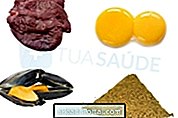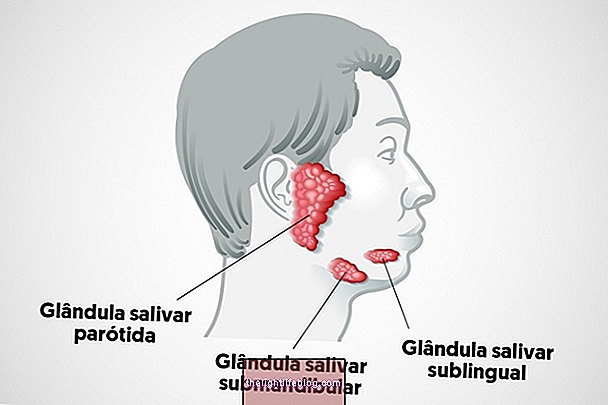The best way to know if fertilization and nesting has occurred is by waiting for the first symptoms of pregnancy to appear a few weeks after the sperm enters the egg. However, fertilization can produce very subtle symptoms such as a slight pink discharge and some abdominal discomfort, similar to a menstrual cramp, which may be the first symptoms of pregnancy.
If you are trying to get pregnant, take the following test and see if you may be pregnant.
- 1
- 2
- 3
- 4
- 5
- 6
- 7
- 8
- 9
- 10
Find out if you are pregnant
Start the test


- Yes
- Not

- Yes
- Not

- Yes
- Not

- Yes
- Not

- Yes
- Not

- Yes
- Not

- Yes
- Not

- Yes
- Not

- Yes
- Not

- Yes
- Not
What is fertilization?
Human fertilization is the name that occurs when an egg is fertilized by a spermatozoon during the woman's fertile period, initiating a pregnancy. It can also be called conception and usually occurs in the fallopian tubes. After a few hours, the zygote, which is the fertilized egg, migrates to the uterus, where it will develop, the latter being called a nidation. The word nidation means 'nest' and as soon as the fertilized egg is accommodated in the womb, it is believed that it has found its nest.
How does fertilization occur?
Fecundation occurs as follows: an ovum is released from one of the ovaries approximately 14 days before the first day of the menstrual period begins and goes to one of the uterine tubes.
If there are sperm present, fertilization occurs and the fertilized egg is transported to the uterus. In the absence of spermatozoa, fertilization does not occur, and menstruation occurs.
In situations where more than one egg is released and fertilized, multiple gestation occurs, and in this case the twins are fraternal. The identical twins are the result of the separation of a single fertilized ovum into two independent cells.
























